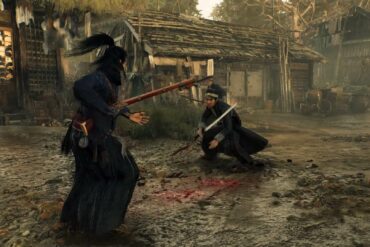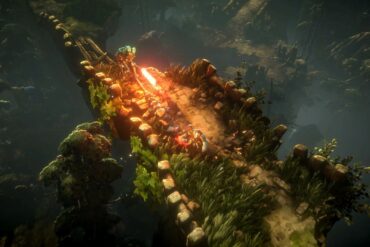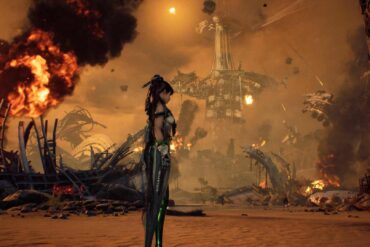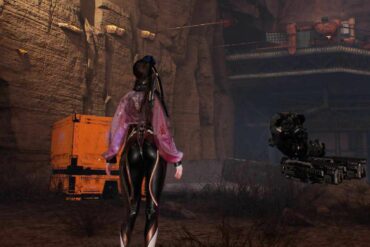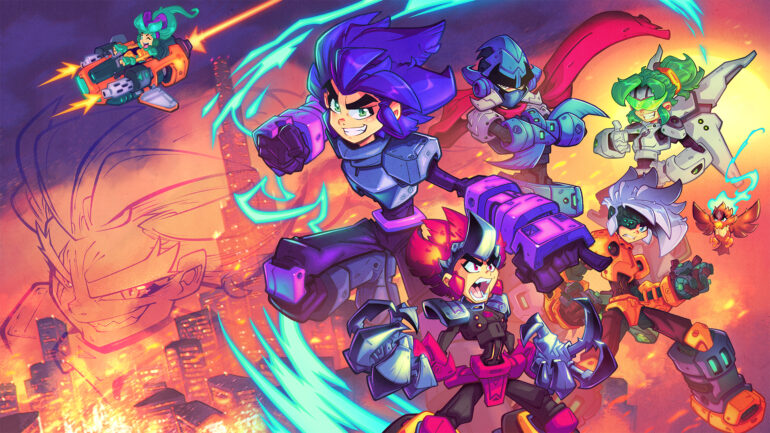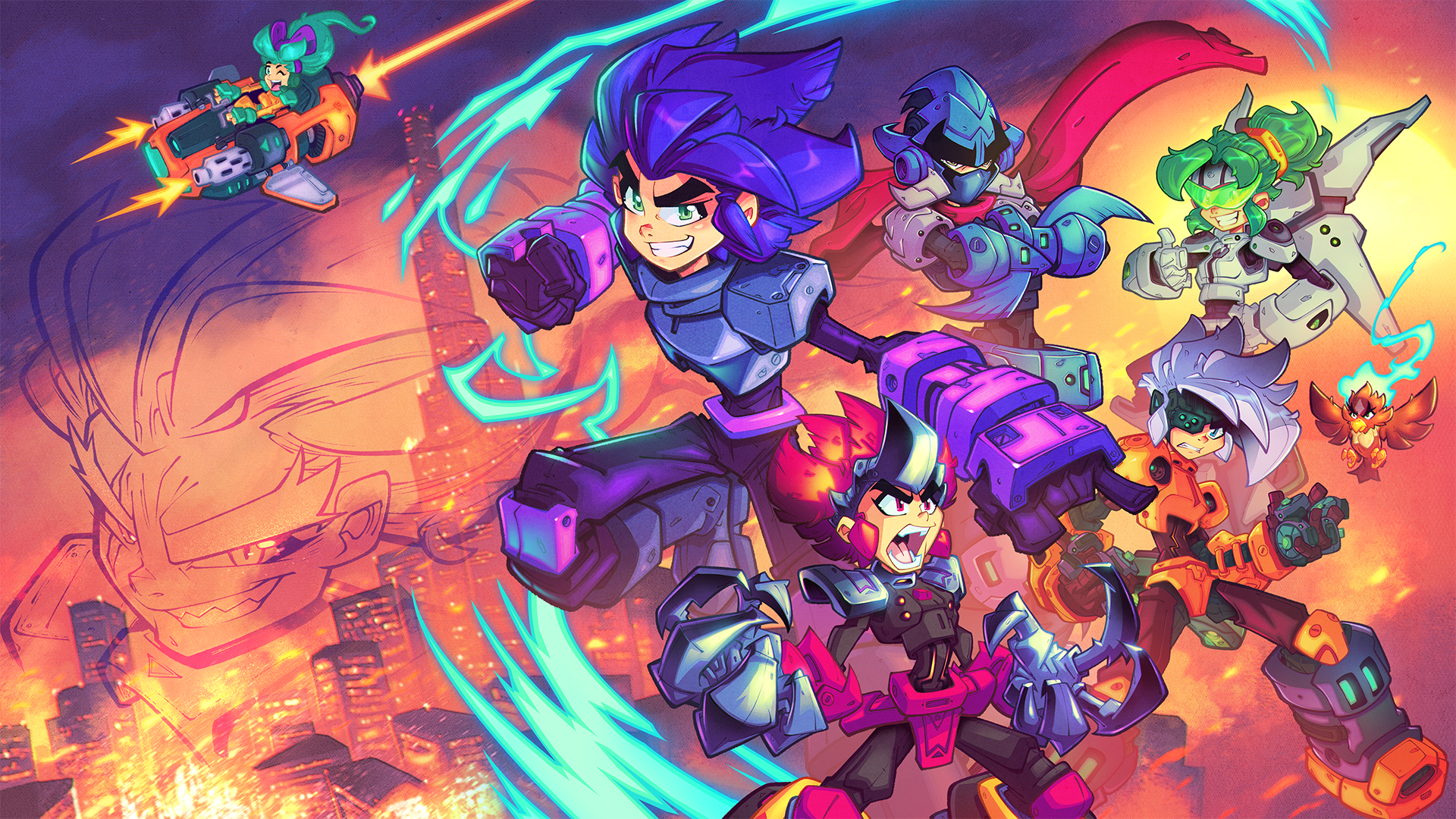Retro games are a dime a dozen, with many titles launching weekly, many games have to provide unique mechanics to stand out. Berserk Boy does exactly this with its unique Beserk Orb elements changing the platformer with every Orb collected. However, while it draws inspiration from many classics, it still has some way to go before it could be considered a retro sensation.
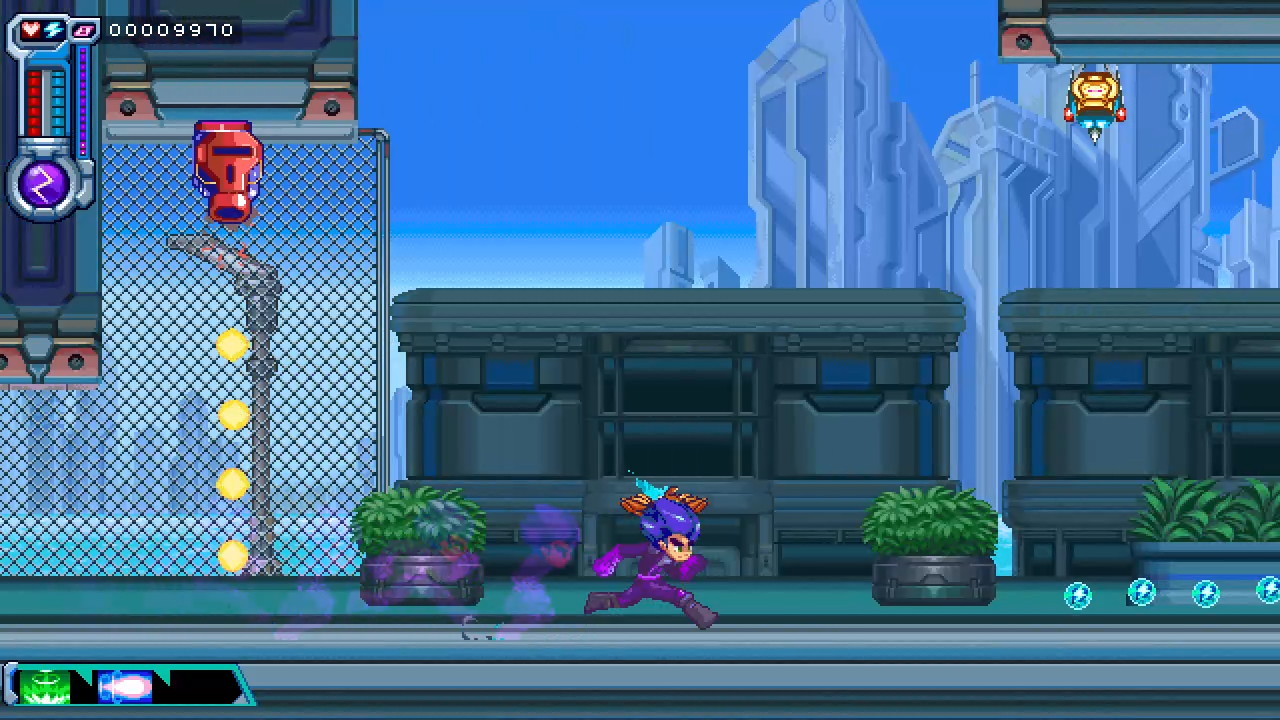
In Berserk Boy, you dive into a futuristic world embroiled in chaos, where the young protagonist Kei teams up with the fiery bird Fiore to thwart the evil plans of Dr. Genos. While the narrative isn’t groundbreaking, it’s delivered quite efficiently and provides enough context without drawing any attention away from the gameplay. However, you’ll likely complete the game without remembering any key story details due to how generic it plays out. Berserk Boy essentially weaves a tale of resistance against evil forces but will definitely leave those who want a deeper narrative craving more depth and character development.
Berserk Boy’s gameplay feels reminiscent of Mega Man, offering a fast-paced, arcade-style experience. Players control Kei as he traverses through five major sectors, each filled with sub-stages, challenges, and secrets. The key differentiating component of Berserk Boy is its innovative use of Berserk Orbs, which allows you to switch between elements such as Lightning, Fire, Ice, Air, and Earth. However, each element transformation is more than just a simple modification; it completely changes your entire moveset, offering different ways to tackle levels. From burrowing through obstacles and walls as the Flame Drill to unleashing frozen projectiles as Ice Kunai, each form adds layers of depth to the gameplay by adapting how situations are approached.
“They epitomized the high-speed chaotic action that the standard levels could lack.”
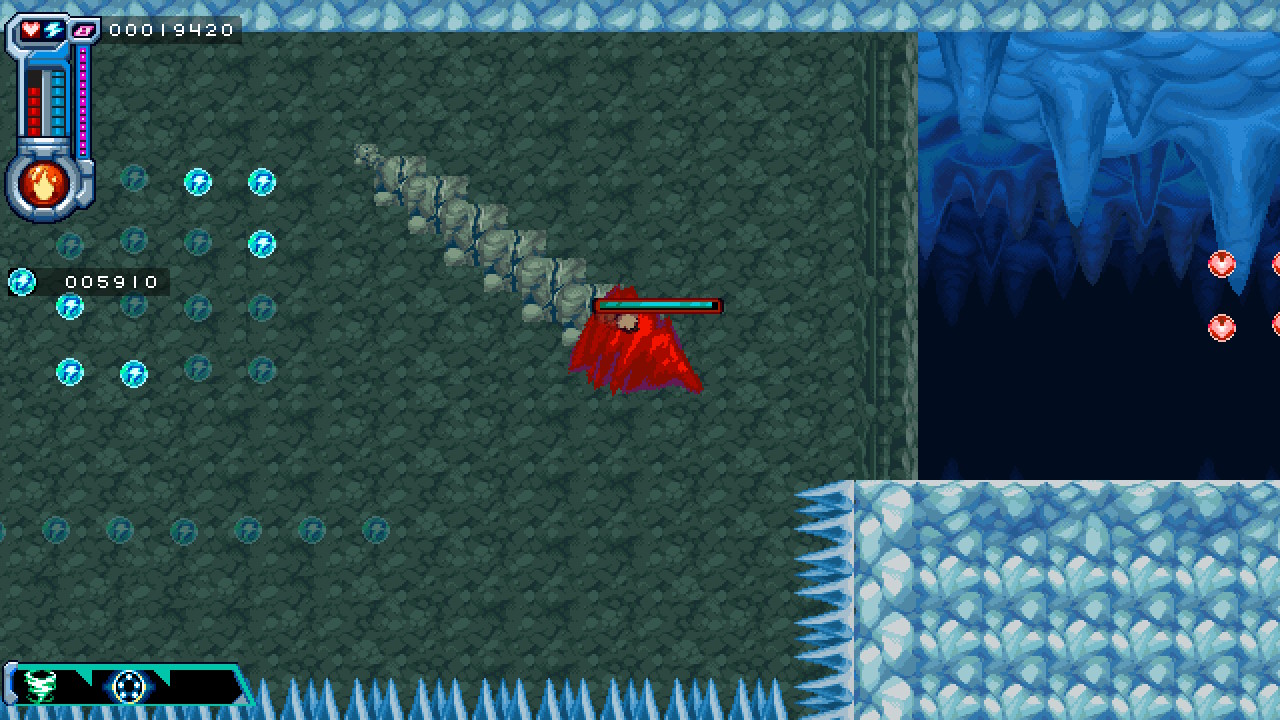
To unlock Beserk Orbs, you’ll have to take on different bosses, which, unfortunately, tend to repeat similar patterns and attacks, removing the challenge of the game. There weren’t any circumstances where I felt I couldn’t overcome a boss and had to practice working on my abilities to get better.
Once you complete a level, you’ll return to the game’s hub world, which provides a centralized location where you can regroup and select what mission you want to take on. There are shop upgrades to improve your character, and after every three levels, you’ll have to defend the Resistance Hub against invading enemies, which seems like a futile attempt to remind you of the narrative and task at hand.
Considering you’re the only hero with Beserk Orbs, you also must rescue ‘Resistance’ in each level to unlock a hidden level centered around time trials and speed platforming. I found most of these levels to be more enjoyable than the original levels, as they epitomized the high-speed chaotic action that the standard levels could lack.
“Berserk Boy delivers a captivating soundtrack that complements the on-screen action.”
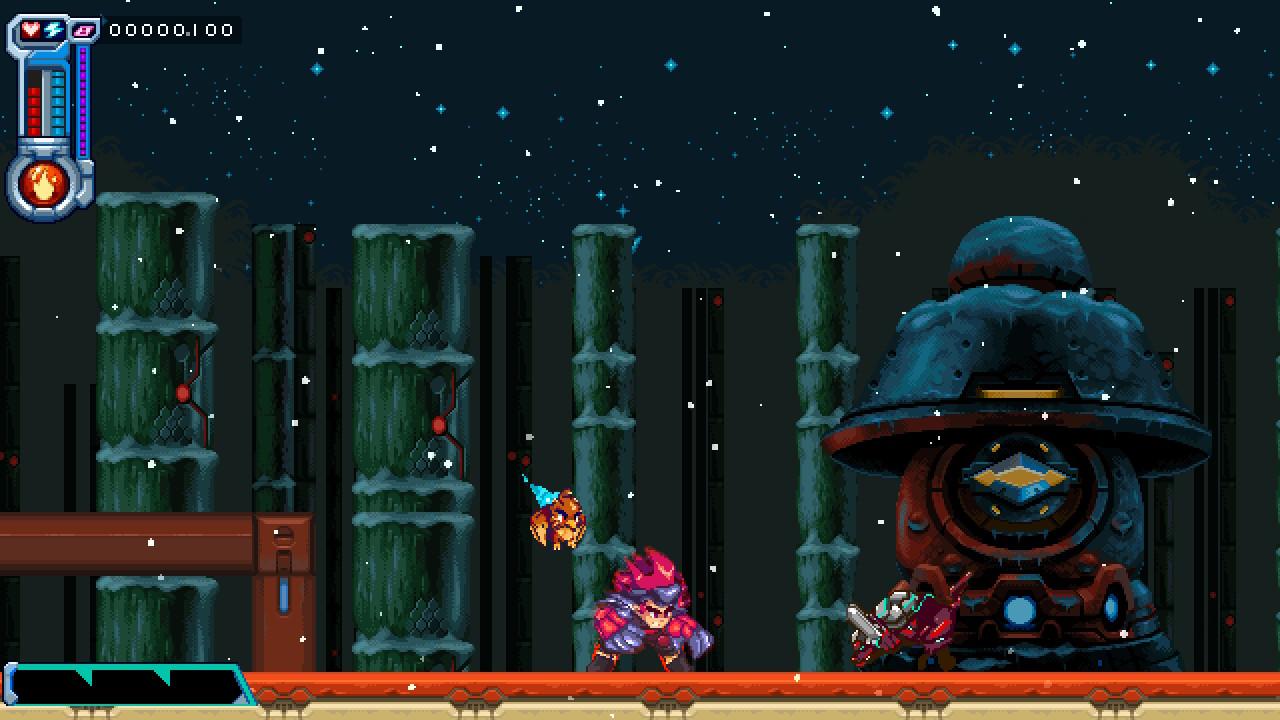
Visually, Berserk Boy captures the essence of classic 16-bit adventures with its vibrant character sprites and detailed backgrounds. The overall aesthetic is polished and engaging and is complimented by the fluid character animations across each of the different Beserk Orbs.
Backed by the talented composer Tee Lopes, known for his work on Sonic Mania, Berserk Boy delivers a captivating soundtrack that complements the on-screen action. From catchy tunes to high-intensity melodies, the music adds another layer of excitement to the gameplay, driving the adventure forward with its infectious energy.
“Berserk Boy feels more like a perfectly good game to spend a day playing rather than a title that will keep you returning for more.”
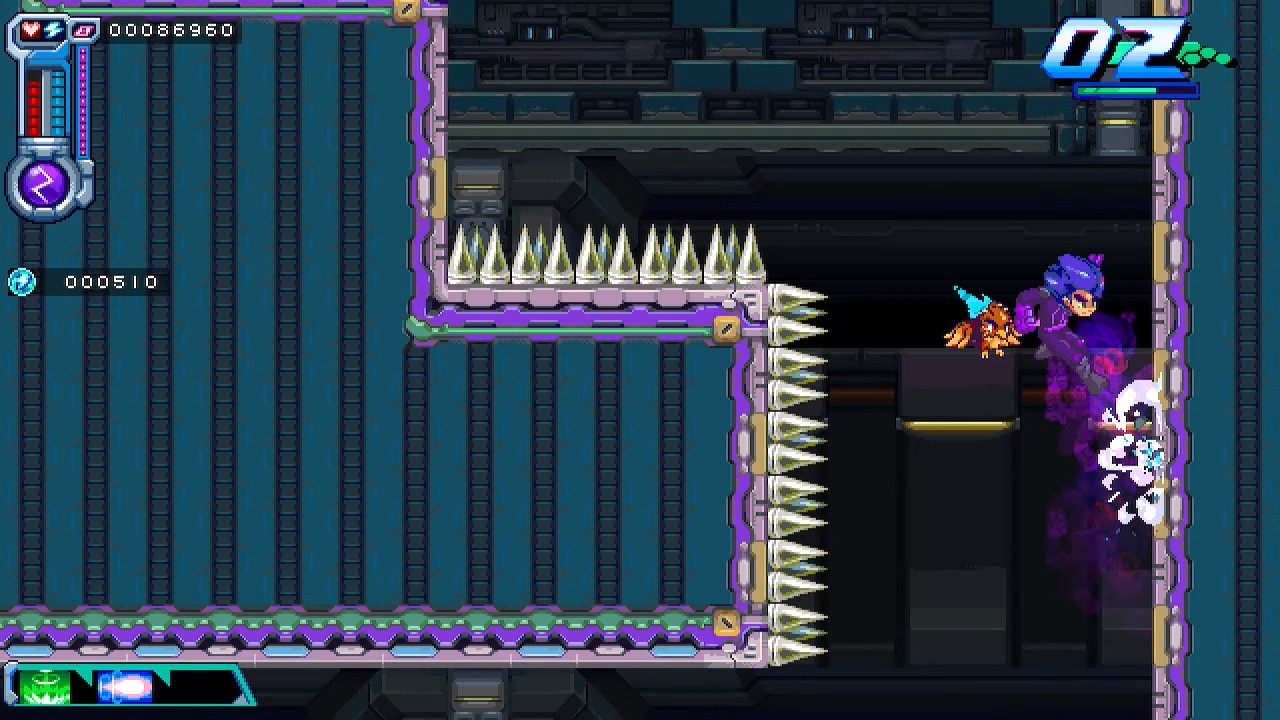
Berserk Boy doesn’t quite feel up to speed with modern games when it comes to accessibility; rather, it conforms to its retro roots. Upon starting a new game, you are presented with modern and retro game modes, with modern providing players with unlimited lives and retro offering the classic experience of finite lives. While there is no way to make the game more difficult beyond this, Berserk Boy does provide some accessibility by making the game easier with a “Disable Death” option. Of course, you can also rebind the controls and change the dialogue language to suit your needs as well, but this all needs to be done from the Main Menu, which can be quite tedious if you want to adjust a setting.
In terms of pricing, Berserk Boy stands at US$18 / £15.99 / AU$29.22, which seems reasonable for the content you receive. However, beyond completing all the additional EX levels, there isn’t much of a reason to return to the game. Without a narrative or brutal difficulty, Berserk Boy feels more like a perfectly good game to spend a day playing rather than a title that will keep you returning for more.
Disclosure: Game Crater was provided the game for this review.


